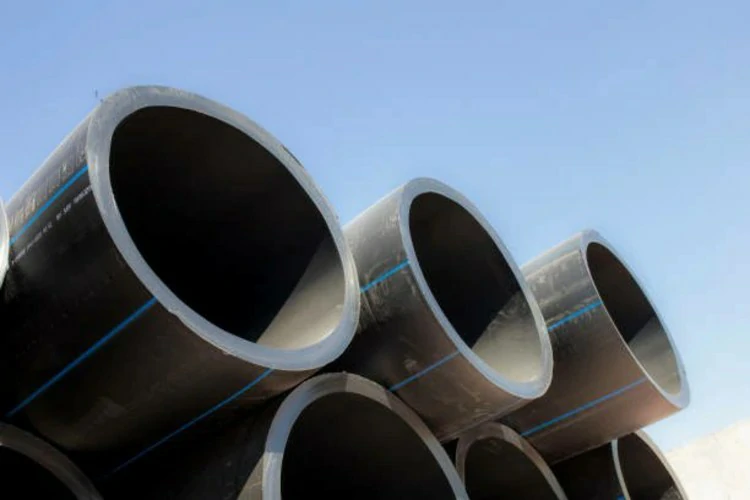Introduction:
HDPE pipeline fusion welding technology stands as a cornerstone in modern piping systems, offering efficient and reliable connections. In this article, we’ll delve into the fusion welding process of HDPE pipelines, examining its advantages and drawbacks.
Understanding Fusion Welding Technology
Fusion Welding Process: HDPE fusion welding involves heating the ends of HDPE pipeline and fusing them together to create a seamless joint.
Heat and Pressure: Fusion welding melts and bonds HDPE with heat and pressure, ensuring a strong, leak-free connection.
Types of Fusion Welding: Two main types of HDPE fusion welding: butt fusion for same-diameter pipes and electrofusion for different-diameter pipes.
Advantages of Fusion Welding
Strong and Leak-Free Joints: Fusion welding produces joints that are as strong as the original pipe, ensuring leak-free performance and long-term reliability.
Seamless Integration: Fusion-welded joints seamlessly integrate into the pipeline, maintaining the smooth flow of fluids and reducing the risk of blockages or pressure losses.
Time and Cost Efficiency: Fusion welding is a relatively quick and cost-effective method of joining HDPE pipeline, minimizing installation time and labor costs.
Drawbacks of Fusion Welding
Skill and Equipment Requirements: Fusion welding requires skilled operators and specialized equipment, increasing upfront costs and training requirements.
Environmental Limitations: Extreme temperatures or adverse weather can impact fusion welding suitability in all conditions.
Joint Integrity: Improper fusion welding techniques or inadequate quality control measures can compromise joint integrity, leading to leaks or failures in the HDPE pipeline.
Quality Control and Inspection
Importance of Quality Control: Quality control is crucial for fusion-welded joint integrity, requiring proper heating, pressure, and cooling procedures.
Non-Destructive Testing: Non-destructive testing, including visual, ultrasonic, and pressure testing, identifies HDPE pipeline joint issues preemptively.
Training and Certification: Operators and technicians must undergo training and certification for proficient fusion welding and compliance with standards.
Conclusion:
HDPE fusion welding offers strong, leak-free joints, and efficiency but demands skill, equipment, and quality control. Understanding fusion welding nuances and proper training allow stakeholders to maximize HDPE pipeline benefits while mitigating risks. However, environmental limitations require rigorous quality control measures. With comprehensive knowledge, stakeholders can leverage HDPE pipelines effectively, ensuring reliability while minimizing risks.
Contact
With 30 years of experience, IFAN is a specialist manufacturer specializing in the production of high quality plastic pipes, fittings and valves. Our products cover copper valves, PPR valves and various pipes and fittings to meet different customer needs. No matter what your needs are for plumbing or valves, IFAN offers a wide range of cost-effective products to support your project. Below is our contact information.
We will reply your email or fax within 24 hours.
You can call us at any time if there is any question on our production.
For more information,pls visit our webside https://www.ifanplus.com/
Pls Mailto: [email protected]






